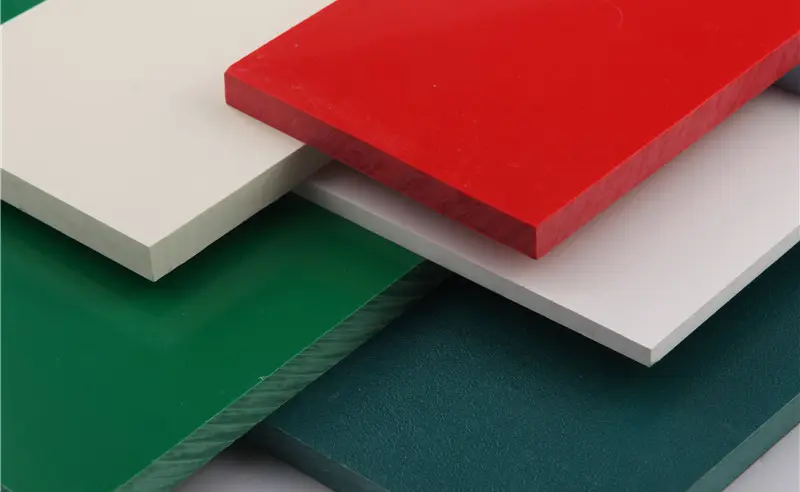Nov . 26, 2024 10:51 Back to list
Understanding the Benefits and Applications of HDPE Pipe in Modern Construction
Understanding HDPE Pipe A Comprehensive Overview
High-Density Polyethylene (HDPE) pipe is a versatile and durable option that has gained significant popularity in various industries, including water supply, wastewater management, and industrial applications. Its unique properties make it an ideal choice for both residential and commercial uses, providing a reliable solution for fluid transport and infrastructure development.
What is HDPE?
HDPE is a thermoplastic polymer, comprised of long chains of ethylene monomers. This material is known for its high strength-to-density ratio, which allows for lightweight yet strong pipe construction. HDPE pipes are manufactured through an extrusion process, wherein the heated plastic is forced through a die to create continuous lengths of pipe. These pipes can be produced in various diameters, ranging from small residential sizes to large industrial dimensions.
Advantages of HDPE Pipe
1. Durability One of the defining characteristics of HDPE pipe is its exceptional durability. HDPE is resistant to various environmental factors, including corrosion, chemical exposure, and ultraviolet (UV) radiation. This resistance extends the lifespan of the pipes, often exceeding 50 years with proper installation and maintenance.
2. Flexibility Unlike traditional materials such as PVC and concrete, HDPE pipes are flexible, allowing them to adapt to ground movements and settle without cracking. This flexibility makes HDPE an excellent choice for applications in areas prone to shifting soils or seismic activity.
3. Lightweight and Easy to Install HDPE pipes are significantly lighter than metal and concrete alternatives, making transport and installation easier and less labor-intensive. This property also reduces the need for heavy equipment during installation, further cutting costs and time.
4. Low Friction Coefficient The smooth inner surface of HDPE pipes contributes to a low friction coefficient, promoting efficient fluid flow. This characteristic not only enhances water transport efficiency but also reduces energy costs associated with pumping.
hdpe pipe

5. Environmental Impact HDPE is a highly recyclable material, contributing to sustainability efforts in construction and infrastructure development. The production process of HDPE also has a lower carbon footprint compared to traditional materials, aligning with global initiatives aimed at reducing environmental impact.
Applications of HDPE Pipe
HDPE pipes are employed in a wide range of applications due to their versatility. Some common uses include
- Water and Sewage Systems HDPE is widely used in municipal water and wastewater systems. Its corrosion resistance and durability make it ideal for transporting potable water and managing sewage systems.
- Irrigation In agriculture, HDPE pipes are used for irrigation purposes. Their flexibility allows for efficient installation in various terrains, ensuring optimal water distribution to crops.
- Industrial Applications Many industries use HDPE pipes for chemical processing, mining, and stormwater management due to their resistance to chemical degradation and high-pressure ratings.
- Telecommunication HDPE is also utilized for protective conduits in telecommunication lines, safeguarding cables from environmental damage.
Conclusion
As demands for efficient, sustainable, and long-lasting piping solutions continue to grow, HDPE pipes stand out as a leading option in both the public and private sectors. Their numerous advantages, combined with adaptable applications, position HDPE as a reliable material in modern infrastructure development. Whether for water supply, irrigation, or industrial use, HDPE pipes will undoubtedly play a critical role in shaping the future of piping technology and environmental stewardship.
-
High-Quality PPR Pipes and Fittings Durable ERA PPR & PVC PPR Solutions
NewsJul.08,2025
-
Black HDPE Cutting Board - Durable, Non-Porous & Food Safe HDPE Plastic Cutting Board
NewsJul.08,2025
-
High-Quality CPVC Panel Durable HDPE & PVC Panels Supplier
NewsJul.08,2025
-
Double PE Welding Rod Supplier - High Strength, Durable & Versatile Welding Solutions
NewsJul.07,2025
-
High-Quality PVC-O Pipe Supplier Durable 75mm PVC Pipe & Connections Leading PVC Pipe Company
NewsJul.07,2025
-
HDPE Drainage Pipe Supplier – Durable & Corrosion-Resistant Solutions
NewsJul.06,2025

